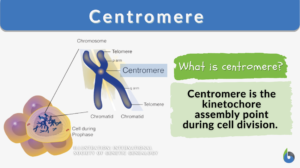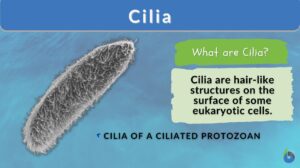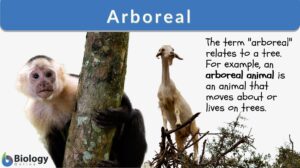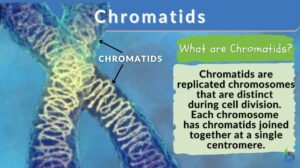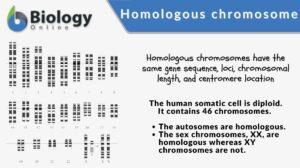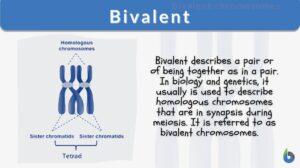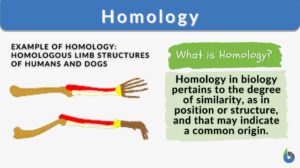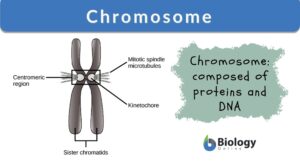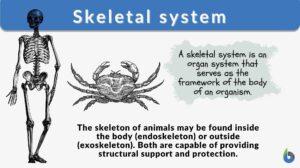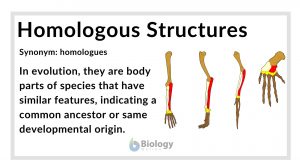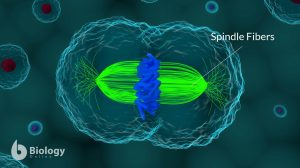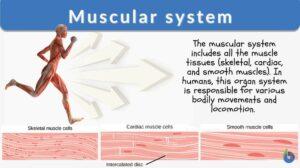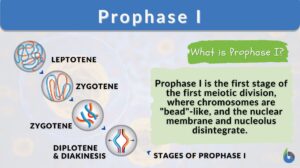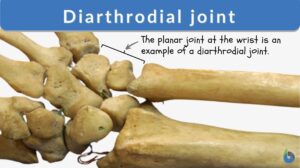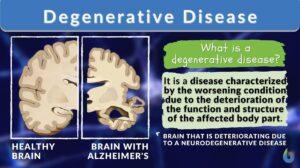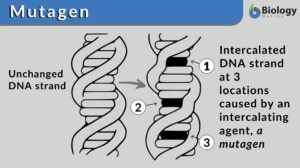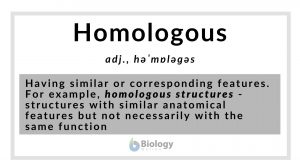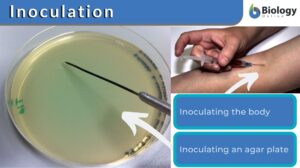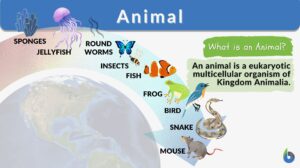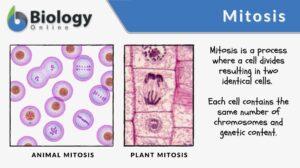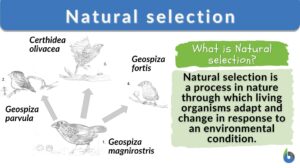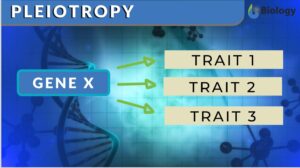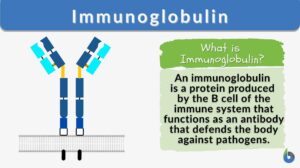Search Results for: arms
Decerebrate rigidity
Definition noun An involuntary posturing whereby the arms are extended on the sides while the head is arched back, as... Read More
Centromere
Centromere Definition Centromere is defined as the point of attachment for the sister chromatids generated after DNA... Read More
Submetacentric chromosome
Definition noun, plural: submetacentric chromosomes A chromosome with a centromere located sub-median resulting in slightly... Read More
Chromatids
Chromatid Definition Chromatids are found inside our cells. Chromatids are condensed chromosomes distinguishable during... Read More
Metacentric chromosome
Definition noun, plural: metacentric chromosomes A chromosome in which the centromere is located in the middle resulting in... Read More
Homologous chromosome
A homologous chromosome pertains to one of a pair of chromosomes with the same gene sequence, loci, chromosomal length, and... Read More
Acrocentric chromosome
Definition noun, plural: acrocentric chromosomes A chromosome whose centromere is subterminal resulting in its q arms being... Read More
Chromosome
Chromosomes Definition Chromosomes are thread-like structures present in the nucleus of plant and animal cells. Chromosomes... Read More
Skeletal system
What is the Skeletal System? How to define a skeleton? The skeletal system is the main framework that gives your body its... Read More
Telocentric chromosome
Definition noun, plural: telocentric chromosomes A chromosome whose centromere is placed very close to the end of the... Read More
Homologous structures
Homologous Structures Definition What are homologous structures? In biology, homologous structures are physical features... Read More
Spindle fiber
Definition noun, plural: spindle fibers Any of a network of filaments that collectively form a mitotic spindle (in... Read More
Pericentric inversion
Definition noun, plural: pericentric inversions (genetics) An inversion of a segment of chromosome in which the centromere... Read More
Muscular system
Muscular System Definition What is the muscular system? The muscular system is a system that includes muscle cells and... Read More
Prophase I
Organisms all use mitosis to create more cells in the body. Meiosis, a similar process, is used in some organisms to undergo... Read More
Diarthrodial joint
What is a diarthrodial joint? A diarthrosis joint is a freely moving joint characterized by its mobility and joint cavity... Read More
Lesser ape
Definition noun, plural: lesser apes Any of the apes of the family Hylobatidae (gibbons) characterized by being relatively... Read More
Subtelocentric chromosome
Definition noun, plural: subtelocentric chromosomes A chromosome whose centromere is placed near the end rather than the... Read More
Holocentric chromosome
Definition noun, plural: holocentric chromosomes A chromosome in which the entire length of the chromosome seems to act as a... Read More
Degenerative disease
Degenerative Disease Definition A degenerative disease is defined as a disease characterized by the worsening condition due... Read More
Homologous
Homologous Definition What is homologous? In general science, the word “homologous” is used to show a degree of... Read More
Inoculation
Inoculation Definition In Immunology, inoculation is defined as the process of introducing an antigenic substance or... Read More
Natural selection
Natural Selection Definition What is natural selection in biology? Natural selection is defined as a process in nature... Read More
Pleiotropy
Pleiotropy Definition When one single gene starts affecting multiple traits of living organisms, this phenomenon is known... Read More
Immunoglobulin
Immunoglobulin Definition An immunoglobulin is a globulin molecule produced by the immune cells, for the body's defense... Read More

